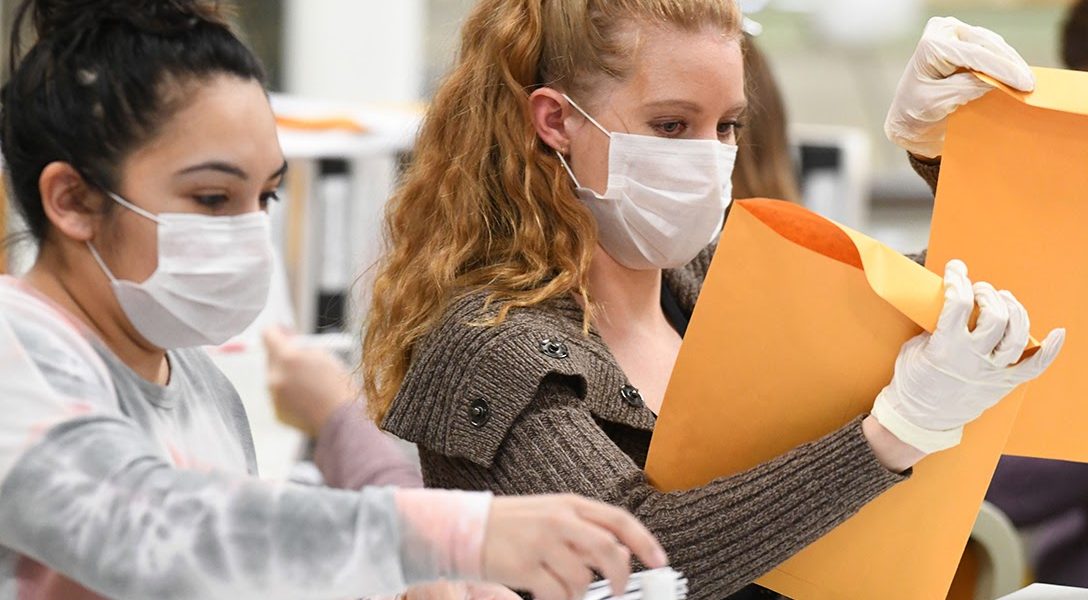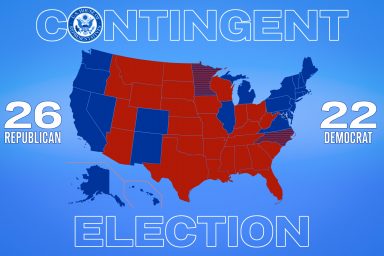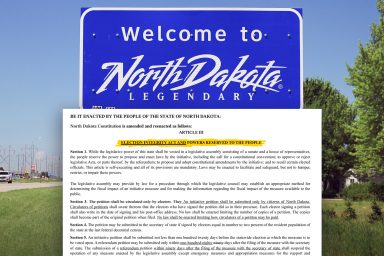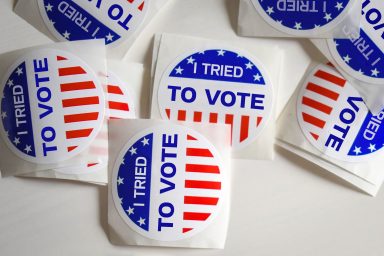Critics of vote-by-mail warn the 2020 election could be ripe for fraud. But hundreds of millions of votes have been cast absentee in the US, and just a tiny fraction were fraudulent.
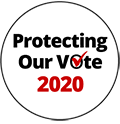
President Donald Trump and his allies continue to make unsubstantiated claims of voter fraud in an effort to curb mail-in voting. But experts say the number of proven fraud cases is minuscule.
While some states, like New York, have canceled presidential primaries due to fears of the coronavirus, a number of governors are choosing to expand access to mail-in voting in order to keep voters safe while moving ahead with the 2020 election. Yet Trump and his allies have been pushing back in recent weeks with unsupported claims of widespread voter fraud in states that offer absentee voting.
“People cheat,” Trump claimed about mail-in voting during a White House coronavirus press briefing in early April. At the same time, the president confirmed that he and Vice President Mike Pence voted by mail during their states’ presidential primaries — and conservative voters in states that already have universal mail-in voting appear unwilling to give it up.
So how often do people actually “cheat” with absentee ballots, and how safe is voting by mail? We ran the numbers, and here’s what we found.
Vote-by-Mail Fraud Cases Are Rare
Instances of voter fraud are so rare that one study by researchers at Stanford, the University of Pennsylvania, Harvard, Yale, and Microsoft Research found just 0.02 percent of the total votes cast during the 2012 presidential election were proven to be fraudulent. In Oregon, where more than 100 million votes have been cast by mail since 2000, officials have found about a dozen cases of proven voter fraud, according to the National Vote From Home Coalition.
Despite these well-regarded studies, finding evidence that widespread voter fraud exists became one of the Trump administration’s top priorities. In May 2017, the administration established the Presidential Advisory Commission on Election Integrity, also known as the “Voter Fraud Commission.” After less than a year of searching for proof, however, the commission disbanded and concluded that evidence of widespread voter fraud was “glaringly empty.”
Just 0.02 percent of the three million total votes cast during the 2012 election were proven to be actual instances of voter fraud.
The group had been led by former Kansas Secretary of State Kris Kobach, a Republican who claimed (without evidence), just hours after Trump’s comments, that “the opportunities for voter fraud are much greater in mail-in voting.” Other former members of the commission clung to a report by the Heritage Foundation, a conservative think tank, that identified more than 1,200 cases of voter fraud.
But voting experts from New York University’s Brennan Center for Justice refuted the Heritage Foundation’s report as “grossly exaggerated and devoid of context.” Although there have been some instances of voter fraud in the past, the Brennan Center says the actual number of proven cases is rare — fewer than 500 mail-in ballots have been fraudulent.
“Trump is simply wrong about mail-in balloting raising a ‘tremendous’ potential for fraud,” argued Richard L. Hasen, an election expert and professor at the University of California at Irvine School of Law, in a recent Washington Post op-ed.
GOP Voters in States With All-Mail Elections Support It
The recent debate on universal mail-in voting has been cast as just one of the many issues long divided along partisan lines. In reality, absentee voting has been used by voters across the political spectrum for decades with little pushback.
Active-duty service members, for example, regularly vote absentee — even their spouses and immediate family members are provided the same rights to vote by mail. The State Department also makes voting by mail easily accessible online for American citizens that are abroad.
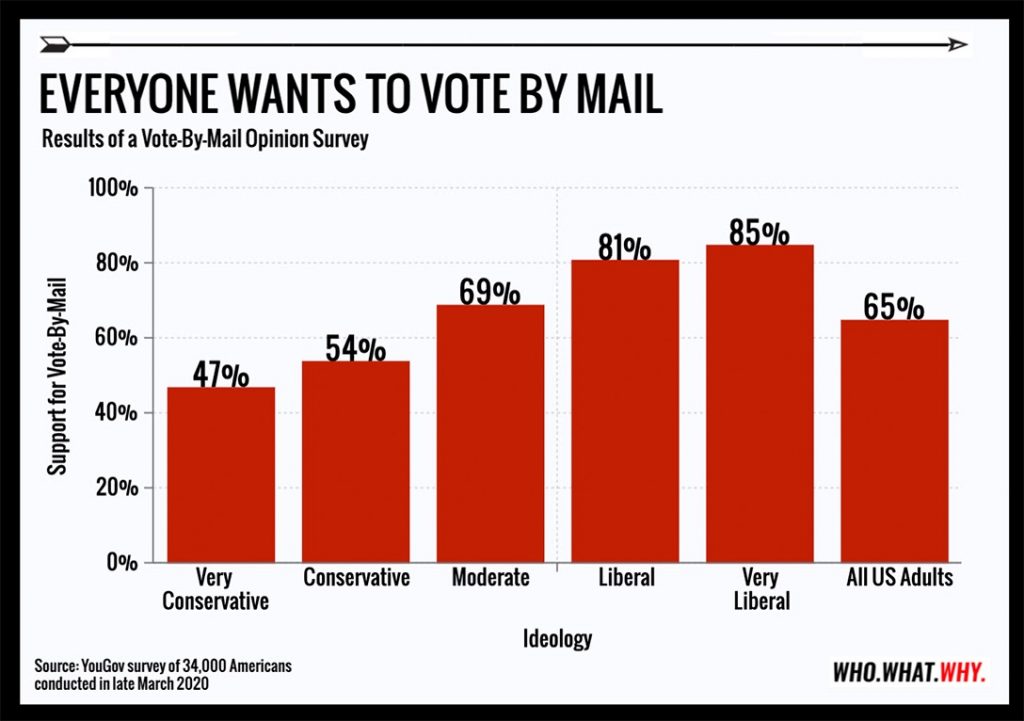
Photo credit: Erika Smithson / WhoWhatWhy
As it turns out, Republican voters differ from some of their representatives on whether vote-by-mail should be stopped. In Utah, a state that mostly elects Republican candidates, every registered voter is sent a ballot in the mail — and about eight in 10 voters say that they enjoy this method of voting. And, a poll released by Pew Research Center on Tuesday found that about 68 percent of Republican voters in states that mostly vote-by-mail think others should be allowed the option — compared to about four in 10 Republican voters in states where few people cast absentee ballots.
Although there are some issues with offering mail-in voting, like possibly disenfranchising voters without access to mail services, a growing number of Republican officials are choosing to carry out their elections through the postal system. While they have not canceled their states’ primaries as New York has, some Republican governors, most recently Chris Sununu (NH) and Larry Hogan (MD), have implemented plans to allow every eligible voter to cast an absentee ballot this November.
Looking at Vote-by-Mail Beyond 2020
Despite claims of voter fraud from the White House and other Republican officials, vote-by-mail is becoming an option for millions of voters during the general election.
Five states automatically mail ballots to registered voters: Colorado, Hawaii, Oregon, Utah, and Washington. And, in part due to the coronavirus, voters in at least a dozen states can request an absentee ballot without an excuse.
Like some of their Republican counterparts, Virginia Gov. Ralph Northam (D) signed into law no-excuse absentee voting as part of a package of election reforms earlier this month, and Pennsylvania Gov. Tom Wolf (D) urged all voters last week to request an absentee ballot for the state’s June 2 primary.
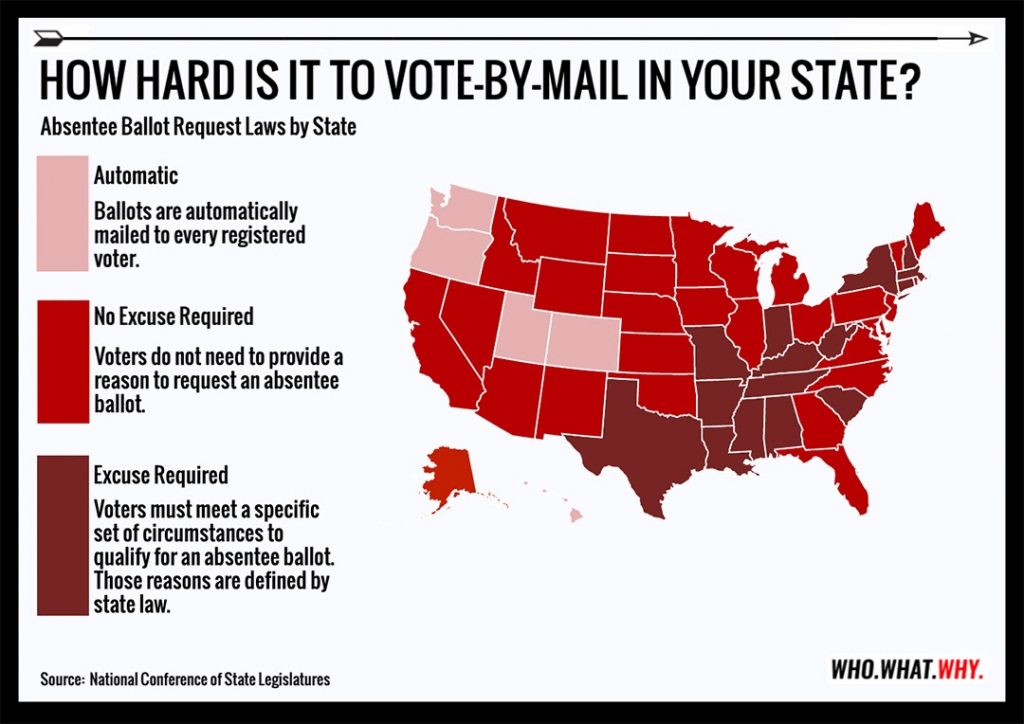
Five states automatically mail ballots to registered voters, and a number of states are implementing no-excuse absentee voting amid the coronavirus pandemic. Photo credit: Erika Smithson / WhoWhatWhy
With less than 200 days until the next presidential election, election officials are scrambling to balance access to voting with protection of voters’ health. The pushback against universal mail-in voting by Trump and his allies, however, appears to be gaining some traction. The latest NBC/Wall Street Journal poll found that less than a third of conservative voters support expanding access to absentee voting.
Nevertheless, that same poll found that nearly two-thirds — roughly 58 percent — of all registered voters still favor changing election laws so every voter can mail in their ballot.
When asked if voters should at least have a mail-in option this November due to the coronavirus pandemic, those surveyed were even more supportive; nearly seven in ten voters endorsed the idea.
Related front page panorama photo credit: Adapted by WhoWhatWhy from Doctor Popular / Flickr (CC BY-NC-SA 2.0).
